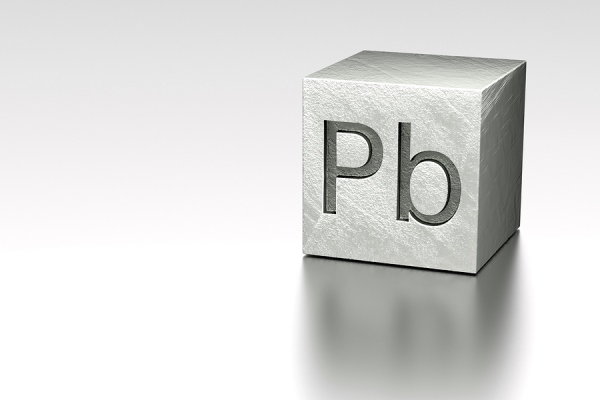"Get the Lead Out"

Lead poisoning is possibly the oldest known occupational health hazard. Since 400 BC, its effects have been known. Lead continues to damage lives today.
As a naturally occurring element and a commonly used metal, lead is everywhere. Small amounts can enter the human body with the air we breathe or on contaminated food. The lead then stays in the body and builds to levels which can damage health. Children are particularly at risk because of their smaller body size and because they are more likely to put lead-contaminated objects into their mouths. Lead brought home from work on a parent's clothing can slowly poison a child.
Lead poisoning leads to brain damage, anemia, kidney disease, gastrointestinal problems and reproductive damage. Early symptoms are headaches, fatigue, stomach problems and loss of sleep. Lead also increases the risk of high blood pressure.
Lead has been widely used in paint. When the paint is undisturbed it does not present a hazard, but paint particles find their way into the human body. Steel structures such as bridges have been coated with lead paint to inhibit rust. When these structures need repainting the old paint must be removed. Blasting and other methods of removal release lead particles into the air where they can be breathed in by workers. Workers are also exposed to lead particles and fumes during sanding, cutting, burning and welding of metals which have been coated with lead-base paint.
Some of the other workplaces and occupations which can expose workers to lead are mines, smelters, plumbing, pipe fitting, auto repair and manufacture of ammunition, glass, plastic and batteries.
Engineering controls are the preferred method of minimizing airborne lead particles and fumes and isolating the worker from the hazard. Local and general exhaust systems are used to remove the substance. Personal Protective Equipment is also required to reduce contact with lead, including respirators and special aprons and gloves.
Worker hygiene is extremely important when lead is present.
- Wash your hands, arms and face before eating, drinking or smoking.
- Use a nailbrush to remove deposits under the fingernails -- and do not bite your fingernails.
- Keep food, beverages and cigarettes out of the contaminated work area.
- Keep your work area clean to reduce dust. Damp mop or vacuum, do not dry sweep or blow dust.
- Shower before heading home. Leave lead-contaminated clothing and waste at the workplace, packaged in plastic as instructed by your employer.
On-the-job lead exposure can affect your whole family and in particular your children. Follow all the recommended practices to reduce exposure, and leave all lead contamination behind at the work place.
